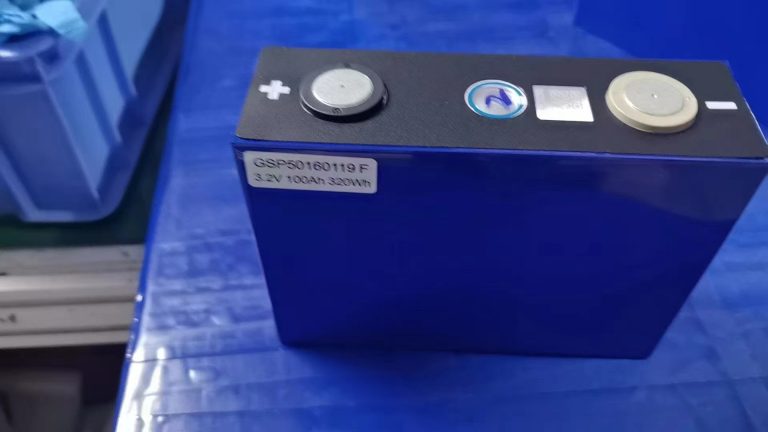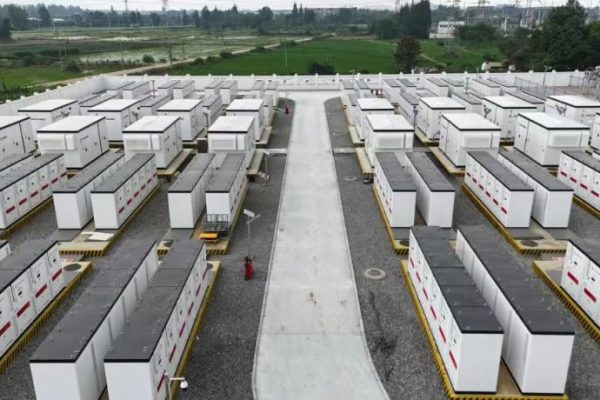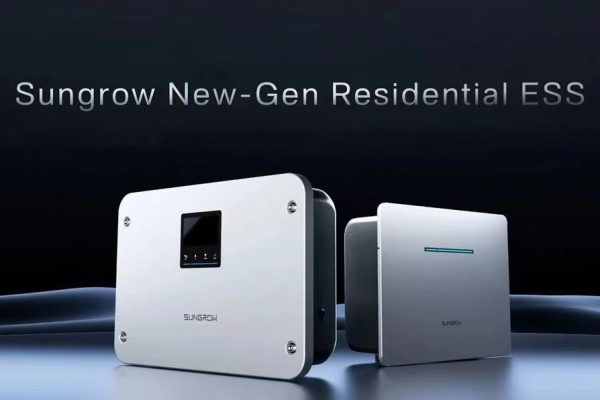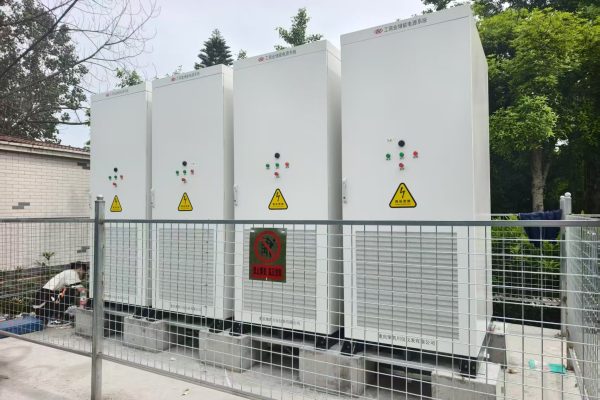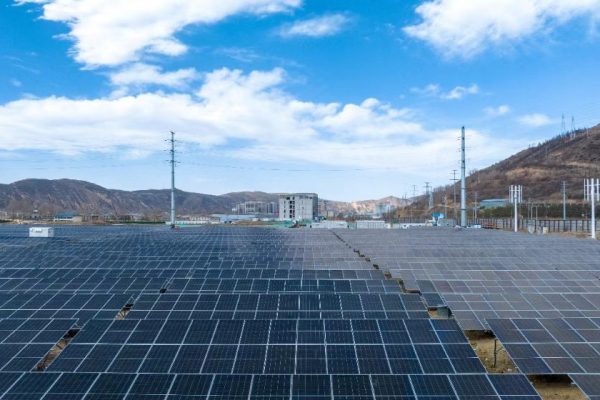Introduction: Cold Climate Is a Hot Topic for Lithium Storage
As lithium batteries become increasingly critical to backup power, electric mobility, and energy storage, their performance in extreme weather—particularly snow and cold—has become a growing concern. Whether it’s an off-grid solar system in Canada or a home energy storage unit in Norway, users are asking:
Can lithium batteries operate effectively under snow and freezing temperatures?
The answer is yes—but with limitations, design considerations, and increasingly, technological innovations. In this article, we explore how snow and subzero temperatures affect lithium-ion batteries, and how to optimize them for winter performance in residential, commercial, and remote applications.
1. The Science: How Cold Affects Lithium Battery Chemistry
Lithium-ion batteries are temperature-sensitive electrochemical systems. Under cold conditions (typically below 0°C or 32°F), several physical and chemical issues arise:
- Reduced Ion Mobility: Cold slows down lithium-ion movement through the electrolyte, increasing internal resistance.
- Voltage Sag: Lower temperatures reduce terminal voltage, limiting available capacity.
- Charging Risk: Charging below freezing can cause lithium plating on the anode, leading to capacity fade or safety hazards.
- Slower Kinetics: Both charge and discharge processes become less efficient, leading to power losses.
| Temperature (°C) | Capacity Loss | Charging Risk |
|---|---|---|
| 25°C | 100% | No |
| 0°C | ~80% | Moderate |
| -10°C | ~60–70% | High |
| -20°C or below | <50% | Very high |
❄️ Fact: Lithium plating is irreversible and accelerates battery aging. Avoid charging Li-ion cells below 0°C unless equipped with heating control.
2. Snow-Specific Challenges for Outdoor Systems
While cold temperature is a known factor, accumulated snow introduces additional mechanical and thermal stress, particularly in outdoor storage units and solar-integrated systems:
- Thermal Insulation: Snow buildup can trap cold air around the battery enclosure.
- Vent Blockage: Can obstruct cooling or heating vents, causing condensation or thermal shock.
- Structural Load: Heavy snow can stress battery cabinets and rooftop installations.
- Water Ingress Risk: Melting snow introduces moisture—corrosion, short-circuit, or insulation breakdown can follow.
3. Battery Management Systems (BMS) to the Rescue
A smart and responsive BMS is essential for protecting lithium batteries in winter:
- Low-Temperature Cutoff: Prevents charging when temperatures fall below a safe limit (usually 0–5°C)
- Pre-Charging Heating: Triggers active heating elements before charging begins
- Real-time Monitoring: Ensures cell voltage, temperature, and SOC stay within safe parameters
- Dynamic Load Control: Adjusts power output during sudden cold spikes
🔋 Pro Tip: Choose battery packs with a BMS that includes self-heating protocol and remote diagnostics for cold climates.
4. Solutions: Thermal Management for Snowy Conditions
There are several strategies to maintain lithium battery performance during snow and freezing weather:
A. Built-in Battery Heating Systems
- PTC heaters or graphene-based heaters are embedded in the battery module
- Automatically activate when ambient temp drops below 5°C
- Usually powered by grid, solar, or stored battery power
B. Insulated Enclosures
- Double-walled cabinets with aerogel, polyurethane, or vacuum panels
- Retain operational heat while protecting against snow and wind chill
- Optional integration with small thermostatic heaters
C. Underground or Indoor Installation
- Place energy storage units in basements, garages, or shelters to minimize snow exposure
- For larger C&I applications, use heated battery containers
D. Intelligent Placement of PV + Battery Systems
- Install solar panels at steep angles (45°+) to avoid snow accumulation
- Position battery enclosures on raised platforms to prevent snow immersion
5. Special Use Case: Home Energy Storage in Snow Belt Regions
Take the example of a home in Minnesota using a 10kWh lithium battery for solar storage:
- Winter conditions: Ambient temperatures of -15°C, 30 cm snow per storm
- Solution:
- LFP battery with integrated heating
- External enclosure with 50mm polyurethane insulation
- EMS-controlled charging logic (no charge below 0°C)
- Solar panel tilt increased to 60° for better snow shedding
✅ Result: 85–90% usable capacity retained even in subzero conditions; full recharge enabled through automatic pre-heating.
6. Commercial & Grid-Scale Battery Systems in Cold Regions
Large battery installations face more complex winterization needs:
- Containerized systems must feature:
- Internal HVAC with humidity control
- Remote thermal telemetry
- Fire detection and suppression optimized for winter
- Battery rooms should be:
- Kept between 10–25°C
- Equipped with uninterrupted thermal backup
- Monitored for dew point to prevent internal condensation
Some integrators now offer “cold climate battery skids” prebuilt for deployment in northern markets like Canada, Scandinavia, and Russia.
7. Lithium vs Other Chemistries in Snowy Climates
| Chemistry | Cold Performance | Notes |
|---|---|---|
| LFP | Good (with heating) | Very stable, safe in cold, commonly used |
| NMC | Better energy density, more cold-sensitive | Needs careful BMS control |
| LTO (Lithium Titanate) | Excellent cold performance | Expensive, used in defense or critical systems |
| Lead-acid | Very poor in cold | Not recommended for snowy regions |
| Sodium-ion | Emerging option, limited cold data | Not yet mainstream |
🧊 Insight: LFP batteries strike the best balance between safety, cost, and performance in snowy climates when paired with smart thermal solutions.
8. Cold Weather Battery Innovations to Watch
- Graphene-Enhanced Electrodes: Better ion mobility at low temps
- Solid-State Lithium Cells: Higher thermal stability, low self-heating loss
- Nanostructured Electrolytes: Improved conductivity at subzero temperatures
- AI-Based Thermal Control: Real-time adjustments to pre-heating and charging curves
Conclusion: Lithium Batteries Thrive in Snow—With the Right Design
Snowy and cold climates are no longer a barrier to lithium battery performance—but they do demand smart system engineering. Whether for home backup, remote solar storage, or large commercial energy systems, the key to winter success lies in:
- Proper battery chemistry (preferably LFP)
- Insulated or indoor installation
- Integrated heating and BMS control
- Preventive maintenance and snow-resistant design
As the global clean energy transition expands into every corner of the world—including the coldest ones—lithium batteries will continue to adapt. With the right innovations, even a snowstorm won’t stop your energy storage system.





